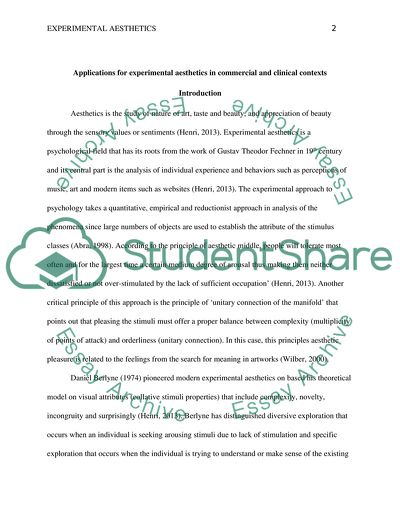Cite this document
(Applications for Experimental Aesthetics Literature review, n.d.)
Applications for Experimental Aesthetics Literature review. https://studentshare.org/psychology/1835623-aesthetics
Applications for Experimental Aesthetics Literature review. https://studentshare.org/psychology/1835623-aesthetics
(Applications for Experimental Aesthetics Literature Review)
Applications for Experimental Aesthetics Literature Review. https://studentshare.org/psychology/1835623-aesthetics.
Applications for Experimental Aesthetics Literature Review. https://studentshare.org/psychology/1835623-aesthetics.
“Applications for Experimental Aesthetics Literature Review”. https://studentshare.org/psychology/1835623-aesthetics.


